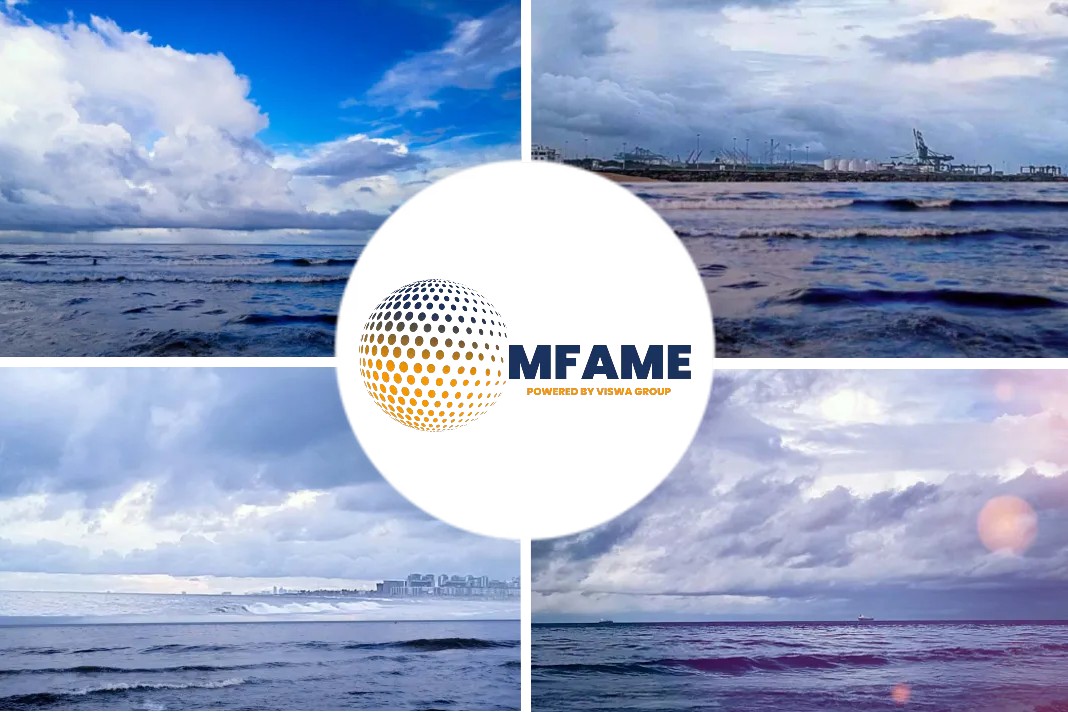Hapag-Lloyd uses machine learning technology in the areas of maritime network planning, container demand forecasting, and the un-/pairing of container flows. But the technology could also be useful in many other areas – and thereby significantly change the shipping industry.
Whether it has to do with a spam filter or planning proactive maintenance work, we have come to use machine learning in many parts of our everyday life.
What is it?
Machine learning is about an algorithm that constantly computes on the data made available to it and develops a logic for an optimal operation.
The operation might range from identification of spam emails, to plan and forecast maintenance work accordingly.
There is a distinction made between supervised and unsupervised machine learning. Supervised algorithms is precisely tailored to one’s particular needs while the unsupervised machine learning algorithm uses an intuitive approach – called “deep learning” – to review data and draw inferences.
Some uses of machine learning
1. Better maintenance forecasting
Machine learning better helps in maintenance work that needs to be done and thereby significantly improve the planning of such work at the right time. It would be much more predictable in the long term knowing which ship will need a critical maintenance.
2. Dependable transits
Machine learning could be used to calculate the probability of a delay and can supply even more precise arrival data. However, the most common causes of schedule delays – such as draft problems in the Port of Hamburg are due to low water levels in the spring or storms in South America in the fall – aren’t always the only factors that impact schedule reliability. In addition, there are often waiting times at ports that cannot be foreseen.
These needs some probabilistic calculations to be made to make it easier for customers to plan their supply chain.
3. Control on freight rates
Allows us to remain more reliable in container capacity utilization that would enable us to offer more consistent rates, which would directly benefit our customers.
4. Avoids empty container transit
It allows us to compare container imports with export bookings which could make the imbalance more stable, and make a positive impact on freight rates. This is because repositioning and evacuation costs are currently a major cost factor in our calculation of contribution margin.
Also, if the customer is willing to pick the container upon your strategic choice, you can offer him a discount.
5. Plannable maintenance work
If you keep an eye on the type of uses that typically cause damage to containers, it can result in a pattern. Then, if the pattern arises, there is a high probability that a container will need to be repaired. Machine learning would therefore help optimize maintenance work on containers by supplying predictions – as we would know that defects will (most likely) occur before we can actually see them.
Did you subscribe for our daily newsletter?
It’s Free! Click here to Subscribe!
Source: Hapag-Lloyd



















You are right, these technologies are now helping to develop more than one business niche, and all because it shows great benefits and perspectives. I’m currently learning frameworks in the article https://geniusee.com/single-blog/11_best_automatic_machine_learning_frameworks_2022 which can help create the best technical solutions on the market
It is important to understand that technology does not work on its own. Moreover, if they are used without proper experience, then you can misinterpret the data, make erroneous decisions. For significant automation, you need a competent specialist, and you can find ml consultants here